#Hairy Leafcup
Text

Smallanthus uvedalia / Bear's Foot at the Sarah P. Duke Gardens at Duke University in Durham, NC
#Smallanthus uvedalia#Smallanthus#Asteraceae#Bear's Foot#Hairy Leafcup#Yellow flower Leafcup#Native plants#Native flowers#Wildflowers#Plants#Flowers#Nature photography#photography#photographers on tumblr#Sarah P. Duke Gardens#Duke Gardens#Duke University#Durham#Durham NC#North Carolina#🌺🌻
4 notes
·
View notes
Text

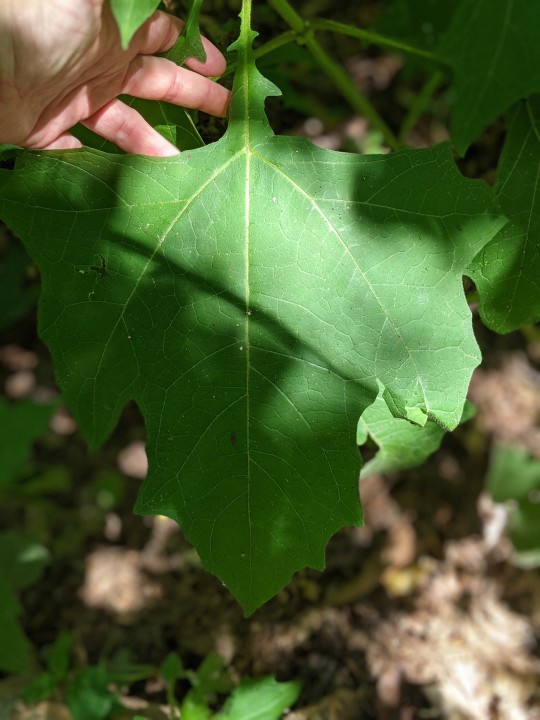



Smallanthus uvedalia - Bear's foot, hairy/yellowflower leafcup
#big wide leaves on these fellas#plant id#native plants#wildflowers#smallanthus#smallanthus uvedalia#smallanthus uvedalius#sources give both & idk which is more accepted#leafcup#bear's foot#hairy leafcup#yellowflower leafcup
4 notes
·
View notes
Photo

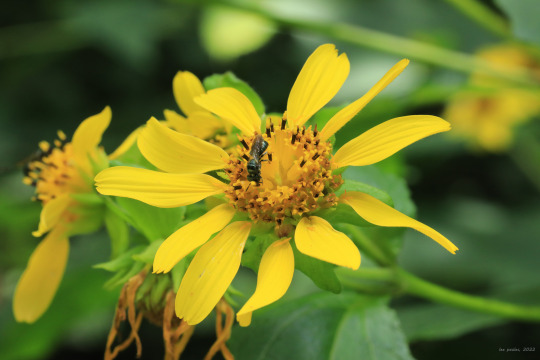

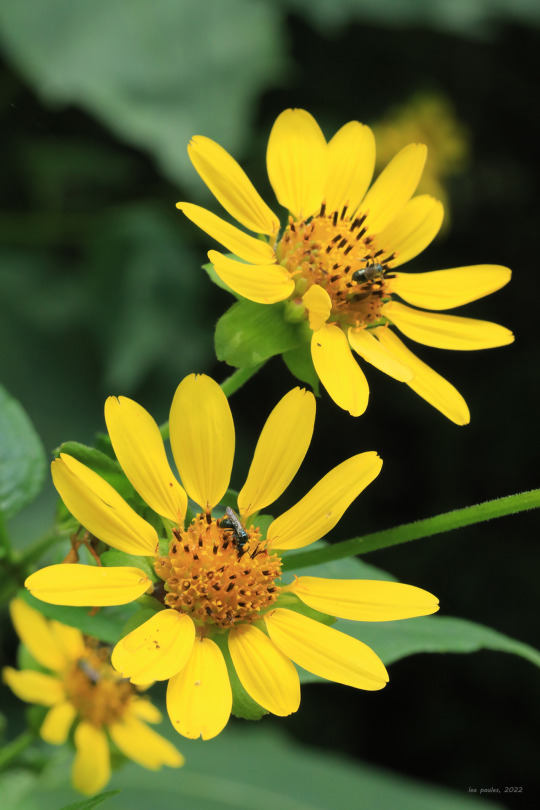
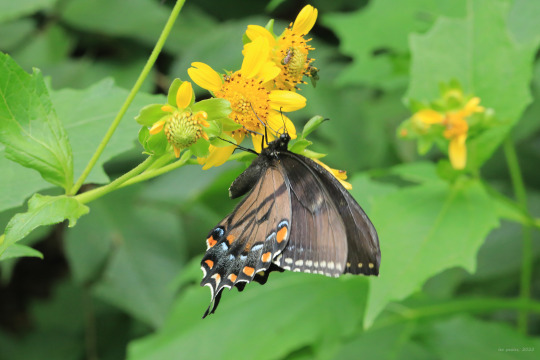

Smallanthus as sustainer and life-giver.
#appalachia#vandalia#west virginia#flora#wildflower#summer#insects#bombus#bumblebee#bombus impatiens#common eastern bumblebee#megachile#leafcutter bee#papilio troilus#spicebush swallowtail#papilio glaucus#eastern tiger swallowtail#smallanthus uvedalia#hairy leafcup#bear's foot#mon river trail
67 notes
·
View notes
Text
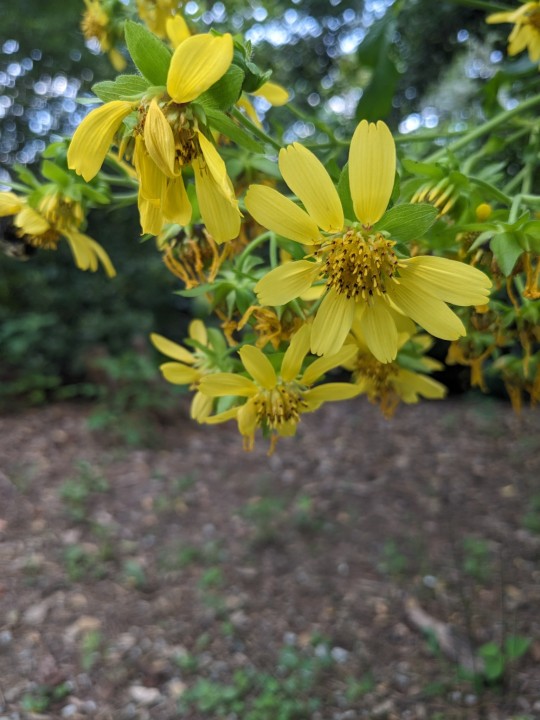
Smallanthus uvedalia / Hairy Leafcup at the Sarah P. Duke Gardens at Duke University in Durham, NC
#Hairy Leafcup#Native plants#Native flowers#Nature photography#Flowers#Sarah P. Duke Gardens#Duke Gardens#Duke University#Durham#Durham NC#North Carolina#Smallanthus uvedalia
1 note
·
View note
Photo

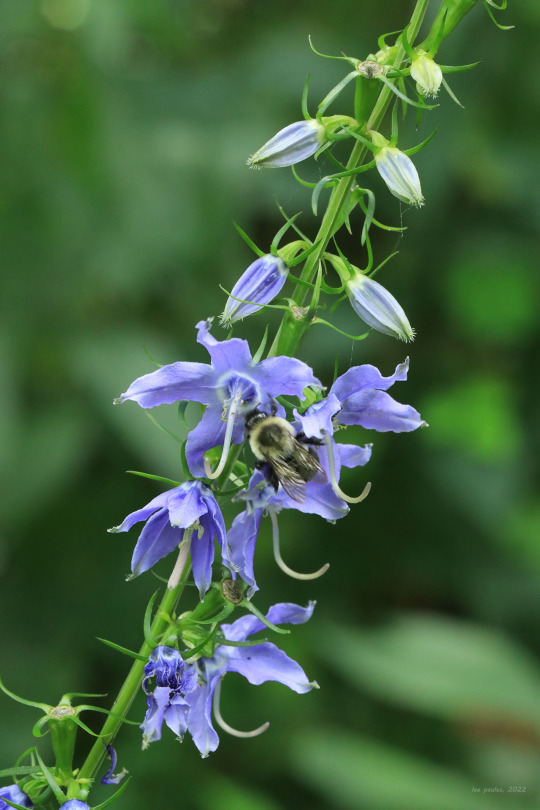
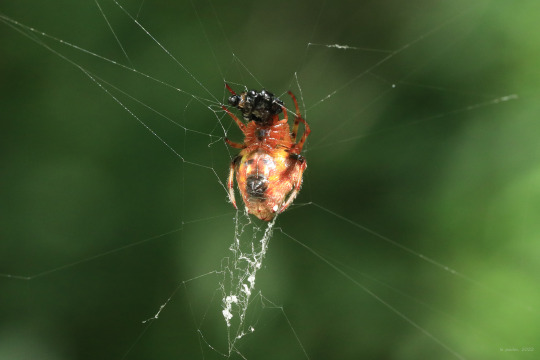

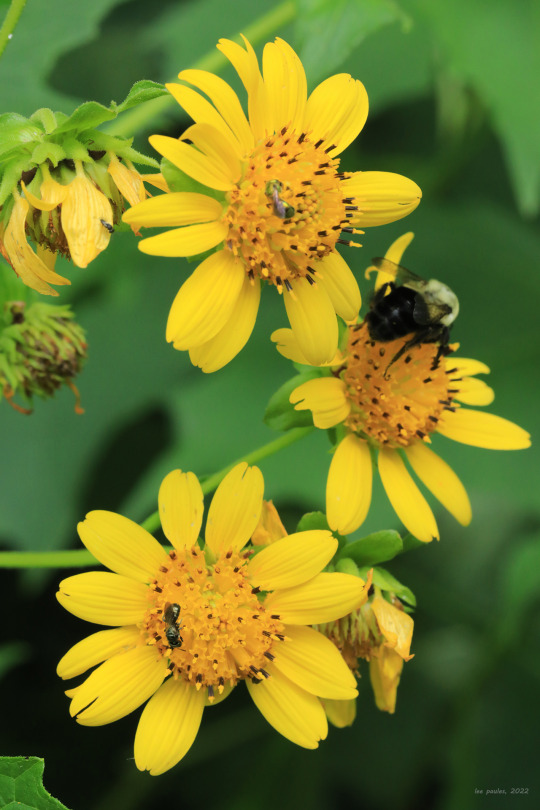

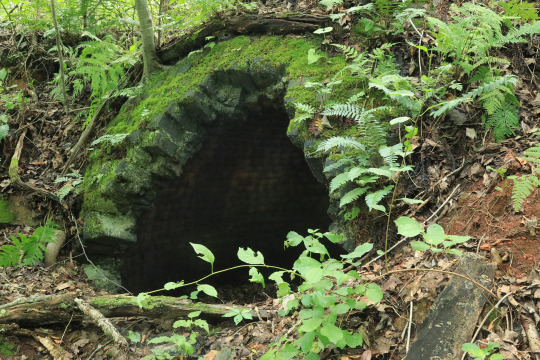

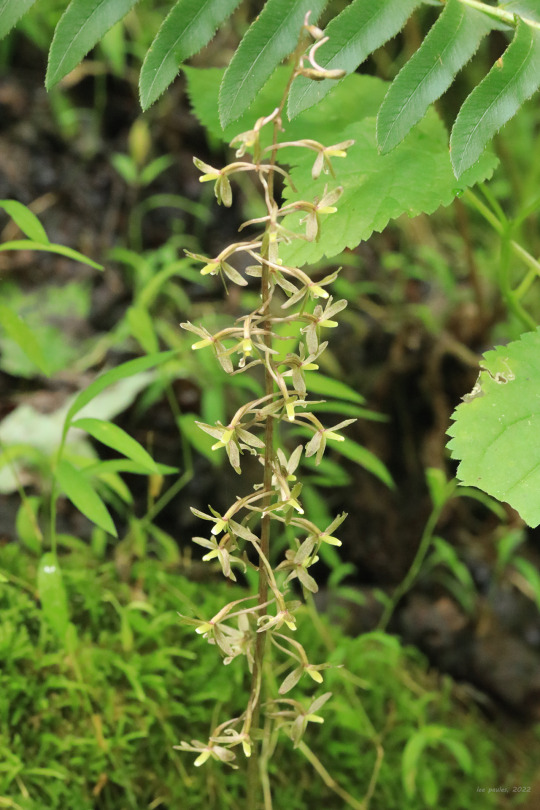
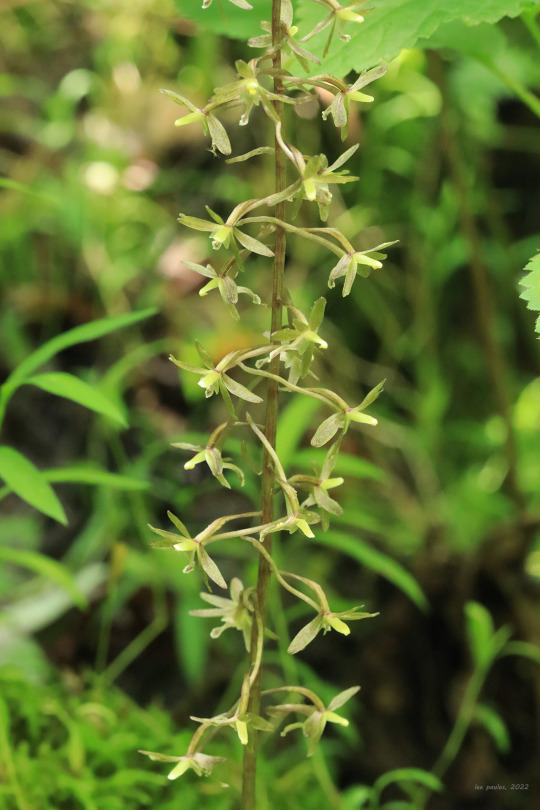
Above are a few photos from a long, mid-summer bike ride on the Mon River Trail yesterday. My destination was the historic beehive coke ovens at mile marker 22, where one of the most elusive and delicate of Appalachia’s terrestrial orchids, cranefly orchid (Tipularia discolor), blooms this time of year. This colonizing perennial has one of the most fascinating life-cycles in the plant kingdom. Hairy leafcup (Smallanthus uvedalia), also known as bear’s foot due to its enormous, lobed leaves, is another great summer wildflower. This perennial’s massive blooms arguably draw even more pollinators than those of milkweed.
From top: American bellflower (Campanula americana), a tall, graceful lover of shady woodland edges; an arrowhead orb weaver (Verrucosa arenata), enjoying an early brunch from her delicately-spun web; an eastern tiger swallowtail (Papilio glaucus) taking a sip of sweet nectar from hairy leafcup; the bright yellow flowerheads of hairy leafcup, which draw a steady stream of pollinators; historic beehive coke ovens, crucial to fueling the iron and steel industry in the late nineteenth century; and the delicate, drooping flowers of cranefly orchid, also known as crippled cranefly orchid.
#appalachia#vandalia#west virginia#summer#wildflowers#flora#orchidaceae#beehive coke oven#industrial history#human history#mon river trail#tipularia discolor#cranefly orchid#crippled cranefly orchid#smallanthus uvedalia#hairy leafcup#bear's foot#campanula americana#american bellflower#verrucosa arenata#arrowhead orb weaver#eastern tiger swallowtail#papilio glaucus
42 notes
·
View notes
Photo

Birds and bees do it, even soldier beetles on hairy leafcup do it . . .
#appalachia#vandalia#west virginia#mon river trail#goldenrod soldier beetle#chauliognathus#hairy leafcup#smallanthus#asteraceae
11 notes
·
View notes
Photo







Among the earliest and most spectacular sunflowers to bloom in Appalachia’s mesic to dry, open woodlands, bottomlands, and fields, hairy leafcup (Smallanthus uvedalius) is a tall, clump-forming perennial herb easily identified by its gaudy, palmately-lobed leaves, which are opposite and form small cups around the plant’s stout stems (thus the name leafcup). Composed of three major lobes with broadly-toothed edges, the large, rough leaves resemble bear paws, resulting in the plant’s other common name: bear’s-foot. Small clusters of elegant yellow flower heads emerge from the ends of the plant’s stems in mid-summer; a single plant can produce up to a hundred of them. The composite flower heads consist of a dozen or so ray flowers on the outside and 40 to 80 tube-like disc flowers on the inside. Hairy leafcup’s easily-accessible nectar attracts an enormous variety of bees, wasps, butterflies, and other insects. Native Americans used the plant’s roots as both a laxative and a stimulant. A hair tonic has even been produced from the roots. As you may have suspected from prior posts, I have a real soft spot in my heart for this rangy, flamboyant wildflower, whose riotous eruption of ray flowers in summer draws in winged organisms from every recess of Appalachia’s forests and fields in a whirring, buzzing, whizzing celebration of rebirth and renewal.
#appalachia#vandalia#west virginia#summer#wildflower#perennial#herb#sunflower#hairy leafcup#bear's-foot
23 notes
·
View notes
